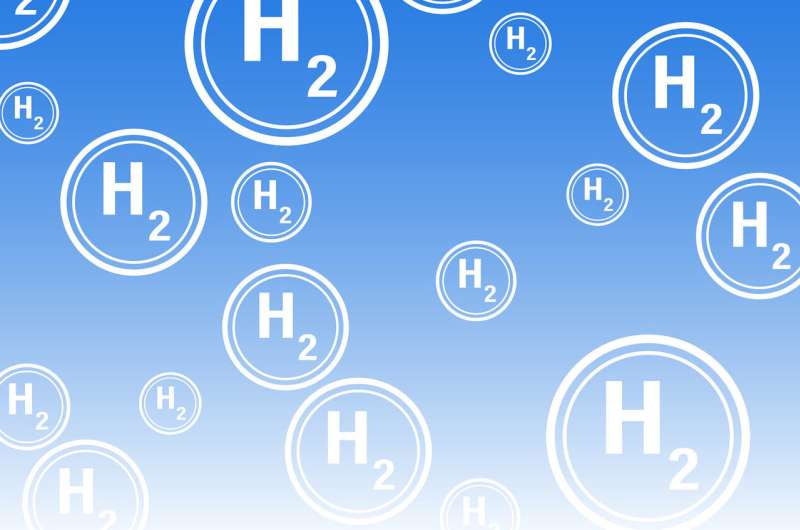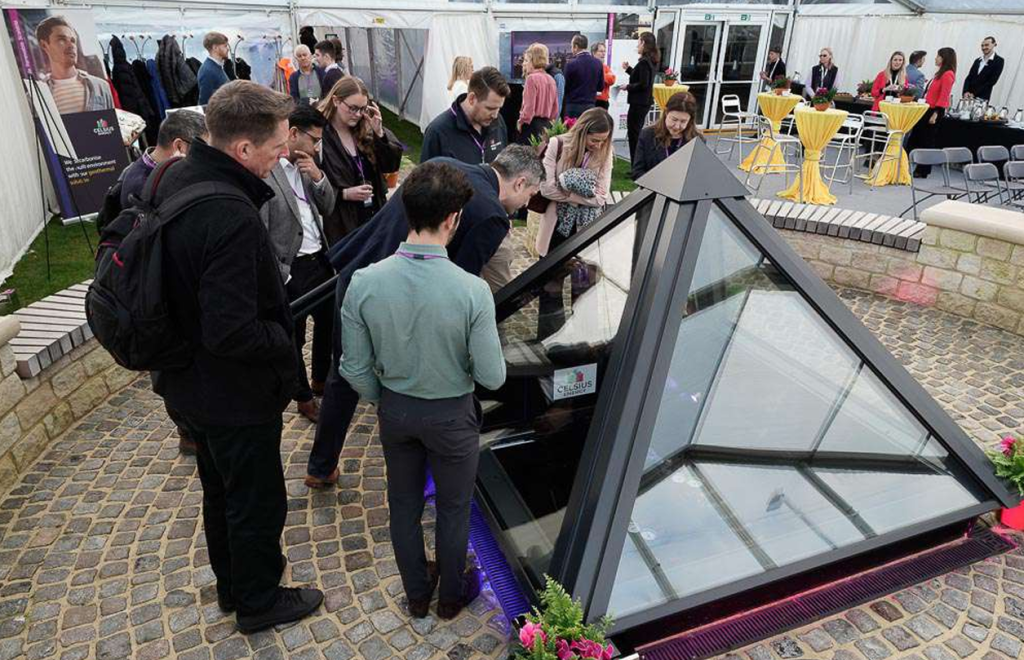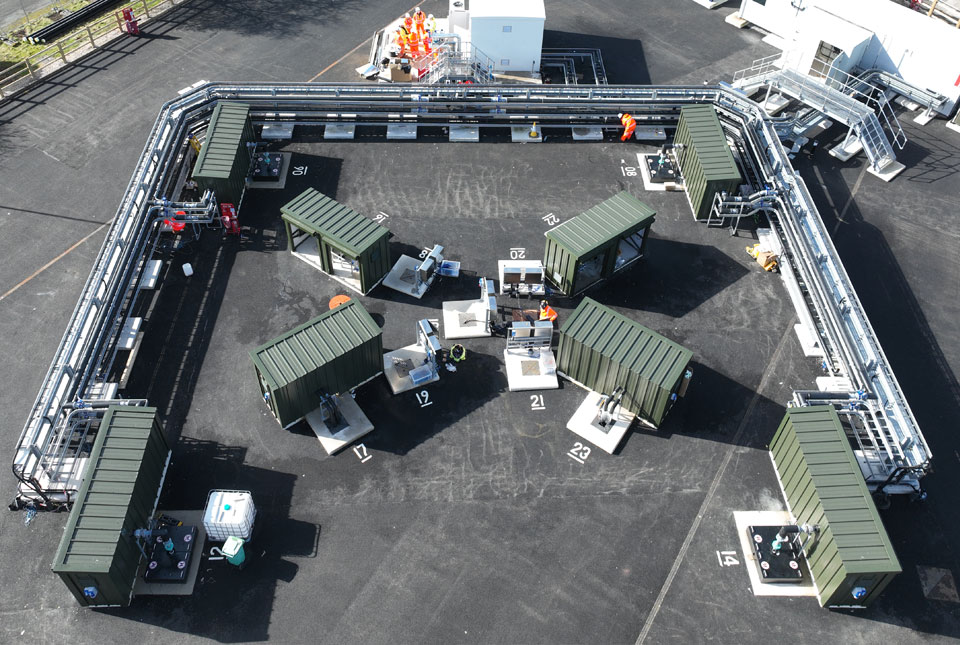Credit: Pixabay/CC0 Public Domain
The renewable energy revolution wants to build a climate-friendly future for the world. But the move away from fossil fuels will remain a challenge as long as efficient means to store green energy are still lacking. A research consortium has set itself the goal to tackle exactly this problem with cheap-to-make zinc batteries that not only store electrical power, but can also be used to produce hydrogen.
First tests promise 50% efficiency when storing power and 80% when producing hydrogen—with an estimated life expectancy of ten years. With its working demonstrator, the Zn-H2 project has the potential to be a breakthrough for a successful energy revolution.
The renewable energy revolution is creating massive challenges for Germany and other countries around the world. One such challenge: The right means to store green power. Renewable sources like wind and solar are becoming more and more affordable and have the potential to one day supply enough power for long periods of time.
But their unpredictable nature means that wind and solar power would always suffer from dunkelflauten, a German term used around the world for those times when the sun does not shine and the wind does not blow. These dunkelflauten currently need to be covered by conventional power plants, forcing countries to maintain a complex dual power infrastructure, burn fossil fuels, and hold back the transition to renewables.
A project consortium of research institutions and the commercial partners Zn2H2 GmbH and Steel PRO Maschinenbau GmbH has teamed up for the Zn-H2 project to investigate innovative ideas for storing green energy. Their vision is to design a long-lasting battery explicitly for the long-term storage of power.
Starting with proven battery designs that use zinc anodes, the researchers add alkaline water electrolysis to come up with a completely new technology. By contrast to common lithium batteries, zinc batteries are substantially cheaper and need only easily available, fully recyclable materials (steel, zinc, and potassium hydroxide). And that is not the only trick up their sleeves: The system would be able to produce hydrogen on demand.








